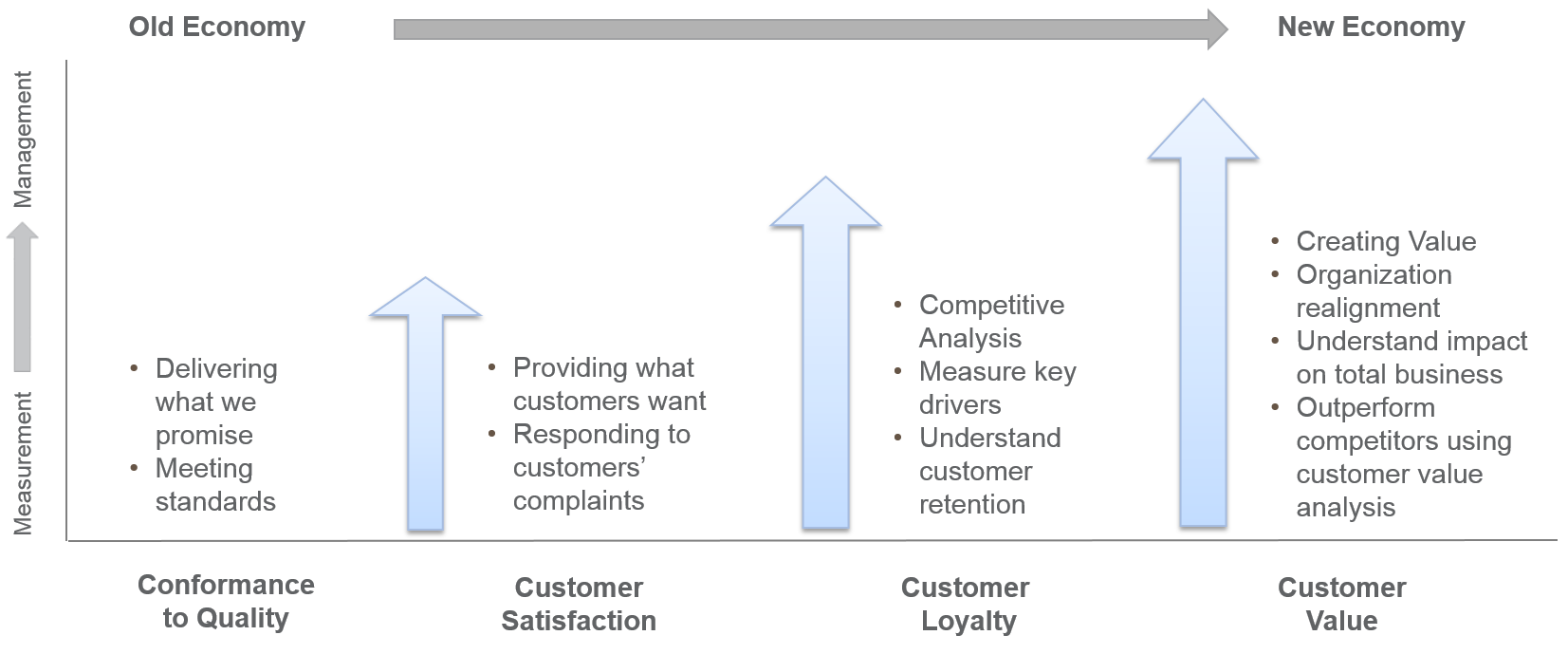
Exhibit: 6.1 Evolution of customer satisfaction. (Source:
Adapted from Bradley Gale, Managing Customer Value, 2010).
The better mousetrap once ruled
the marketplace. The focus then was “sell what you can make” as opposed to
“make what you can sell”. During this era customer satisfaction was measured
largely in terms of conformance to quality — superior products with zero
defects were bound to rule.
Since the days of the better mousetrap, the
management of customer satisfaction has evolved considerably (refer to Exhibit
6.1). Now product parity is the norm — it has become increasingly difficult, in
many markets, to perceive a substantial difference in performance between competing
products that target the same segment. Marketers need to find different ways to
differentiate their offering.
At its infancy, customer satisfaction measurement focussed on understanding customer needs,
measuring performance and monitoring complaints. Manufacturers respond to
complaints, as opposed to quelling them before they surfaced. The inherent
drawback of this reactive approach is that customers often do not take the time
to register complaints and allow problems to be addressed. They simply switch,
defecting to competitors that better serve their needs and preferences.
In the 1980s and 1990s, a number of companies
started measuring customer loyalty, and identifying the factors driving it.
Empowered with this understanding, suppliers are able to proactively allocate
resources to strengthen those service and product quality areas that raise
customer satisfaction and customer loyalty.
Retention, particularly in business markets, is
heavily dependent on the value, or the monetary benefit, that the customer is
able to derive. Recognizing its importance, in recent years, suppliers are
focussing more on creating and delivering customer value. This demands much
improved understanding of customers’ needs, goals and priorities. Suppliers
need to realign their organizations, such that they are better geared to
creating customer value.
While the evolution of customer satisfaction
research has led to superior understanding of customer satisfaction and
customer value, organizations still need to meet quality conformance standards,
and monitor customer complaints. In the New Economy, conformance to quality
remains important, though it no longer differentiates one supplier from another
as much as it used to in the Old Economy. Companies cannot win business solely
by delivering good quality, though they will certainly lose business if they do
not do so.